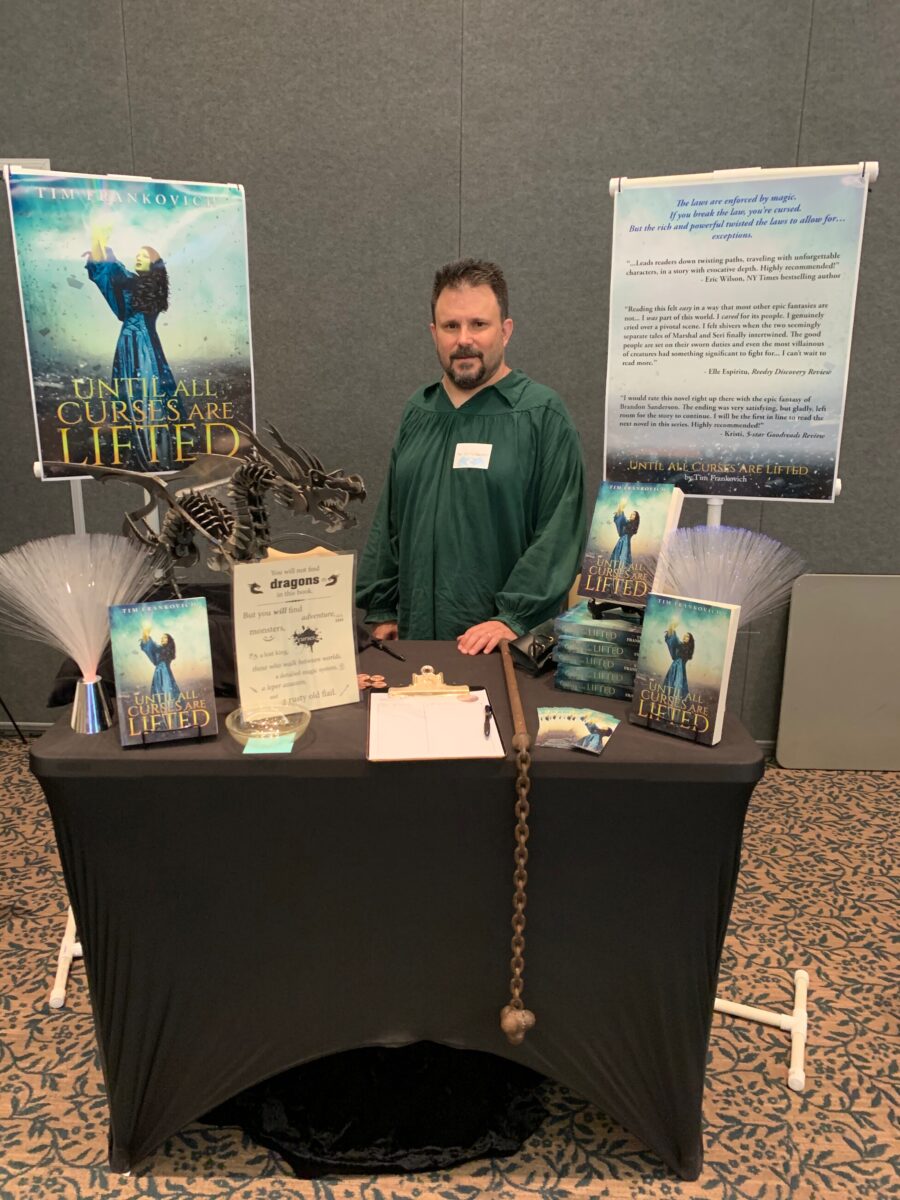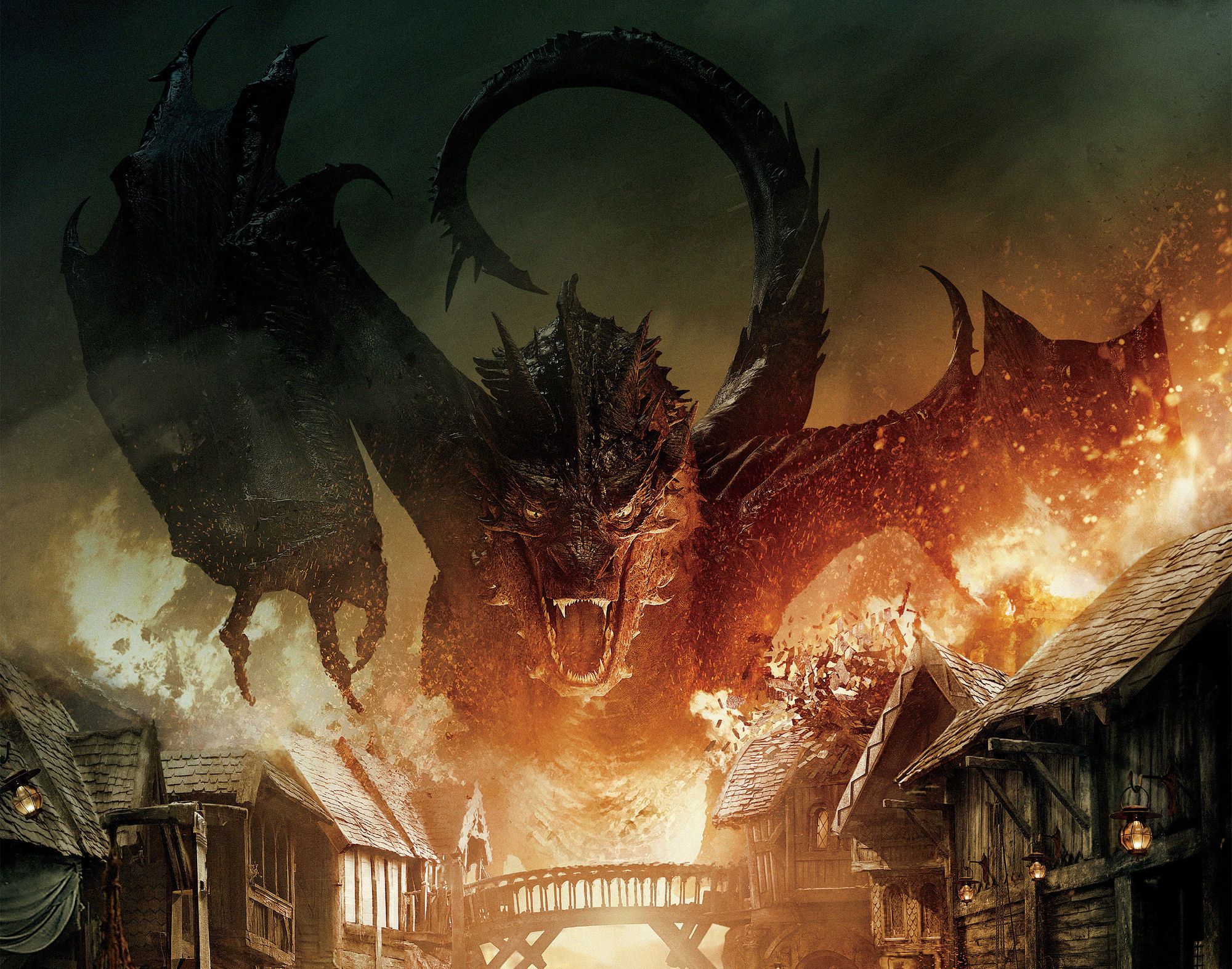When I wrote my blog post about dragons yesterday, I had no idea that my children would ask to spend the evening watching the new version of Pete’s Dragon on Netflix. I also had no idea that I would be moved by one scene in particular, and catch the subtle references to one of my favorite writings of J.R.R. Tolkien.
In the movie, Robert Re dford’s character Meachum describes the time when, as a young man, he had a brief encounter with a dragon. He talks about being scared and almost shooting it, but then deciding not to, because… there was magic. He couldn’t find any other word to describe it but magic. He tells his daughter how this magic affects him: “It changes the way I see the world – the way I see trees, the way I see sunshine, the way, even, I see you.”
dford’s character Meachum describes the time when, as a young man, he had a brief encounter with a dragon. He talks about being scared and almost shooting it, but then deciding not to, because… there was magic. He couldn’t find any other word to describe it but magic. He tells his daughter how this magic affects him: “It changes the way I see the world – the way I see trees, the way I see sunshine, the way, even, I see you.”
Meachum is speaking of what Tolkien called “recovery” or “a re-gaining – regaining of a clear view.” Tolkien said this was not seeing things as they are, but as we are meant to see them. He elaborated on this very extensively in his famous essay “On Fairy-Stories.” I highly recommend reading the entire thing.
Meachum’s daughter, Grace, is a forest ranger. In her first appearance in the movie, we see clearly that she loves the forest. She tells Pete that she grew up loving it and so took a job to help protect it. But she scoffs at her father’s dragon stories. When the evidence of a dragon mounts, she tells her boyfriend, “I know this forest like I know the back of my hand! How could I have missed a dragon?”
This is exactly what Tolkien was talking about. He spoke of appropriating things that are familiar to us, so that they become trite: “We say we know them. They have become like the things which once attracted us by their glitter, or their color, or their shape, and we laid hands on them, and then locked them in our hoard, acquired them, and acquiring ceased to look at them.” This was Grace’s problem. Even though she still loved the forest, it had become “known” to her, to the point that she was missing the true beauty and wonder hidden within it.
A couple of weeks ago, my family was at Carlsbad Caverns. We wandered slowly through the majestic rooms, in awe of everything around us. Only one thing perplexed us: there were constantly people rushing past us. They weren’t just moving at a more rapid pace – they were literally rushing to get through, barely even glancing at things around them. They were missing out on extraordinary beauty.
Tolkien speaks eloquently of how fairy stories or fantasy can help us recover the seeing of things the way we should. “Creative fantasy, because it is mainly trying to do something else (make something new), may open your hoard and let all the locked things fly away like cage-birds.”
I’d love to quote pages of the essay, but I’ll leave off with one more: “It was in fairy-stories that I first discovered the potency of the words, and the wonder of the things, such as stone, and wood, and iron; tree and grass; house and fire; bread and wine.”
It is through the fairy stories, the magic in the woods, and yes, the dragons, that we truly see the world around us. We recover the way we are meant to see it – as something magnificent and powerful, not trite and boring.
In The Two Towers, Eomer* asks,
“Do we walk in legends or on the green earth in the daylight?”
“A man may do both,’” said Aragorn. “For not we but those who come after will make the legends of our time. The green earth, say you? That is a mighty matter of legend, though you tread it under the light of day!”
 *Fun tidbit: in the movies, Eomer was played by Karl Urban, who also starred in Pete’s Dragon.
*Fun tidbit: in the movies, Eomer was played by Karl Urban, who also starred in Pete’s Dragon.




 dford’s character Meachum describes the time when, as a young man, he had a brief encounter with a dragon. He talks about being scared and almost shooting it, but then deciding not to, because… there was magic. He couldn’t find any other word to describe it but magic. He tells his daughter how this magic affects him: “It changes the way I see the world – the way I see trees, the way I see sunshine, the way, even, I see you.”
dford’s character Meachum describes the time when, as a young man, he had a brief encounter with a dragon. He talks about being scared and almost shooting it, but then deciding not to, because… there was magic. He couldn’t find any other word to describe it but magic. He tells his daughter how this magic affects him: “It changes the way I see the world – the way I see trees, the way I see sunshine, the way, even, I see you.” *Fun tidbit: in the movies, Eomer was played by Karl Urban, who also starred in Pete’s Dragon.
*Fun tidbit: in the movies, Eomer was played by Karl Urban, who also starred in Pete’s Dragon. Dragons are even in the Bible. In the book of Revelation, the dragon is used as a symbol of Satan. But in the ancient book of Job (possibly the oldest part of the Bible), God describes the leviathan as a fire-breathing dragon, and uses it as an illustration of His (God’s) creative power.
Dragons are even in the Bible. In the book of Revelation, the dragon is used as a symbol of Satan. But in the ancient book of Job (possibly the oldest part of the Bible), God describes the leviathan as a fire-breathing dragon, and uses it as an illustration of His (God’s) creative power.